Automated retail cabinet
McDonald , et al.
U.S. patent number D888,469 [Application Number D/628,189] was granted by the patent office on 2020-06-30 for automated retail cabinet. This patent grant is currently assigned to Stockwell AI Inc.. The grantee listed for this patent is Stockwell AI Inc.. Invention is credited to Tyler Harley Garvin, Robin Nicholas Hubbard, Arne Lang-Ree, Giles M. Lowe, Niall D. Macken, Paul Morell McDonald, Ashwath Natesh Rajan, Nichole Suzanne Rouillac.

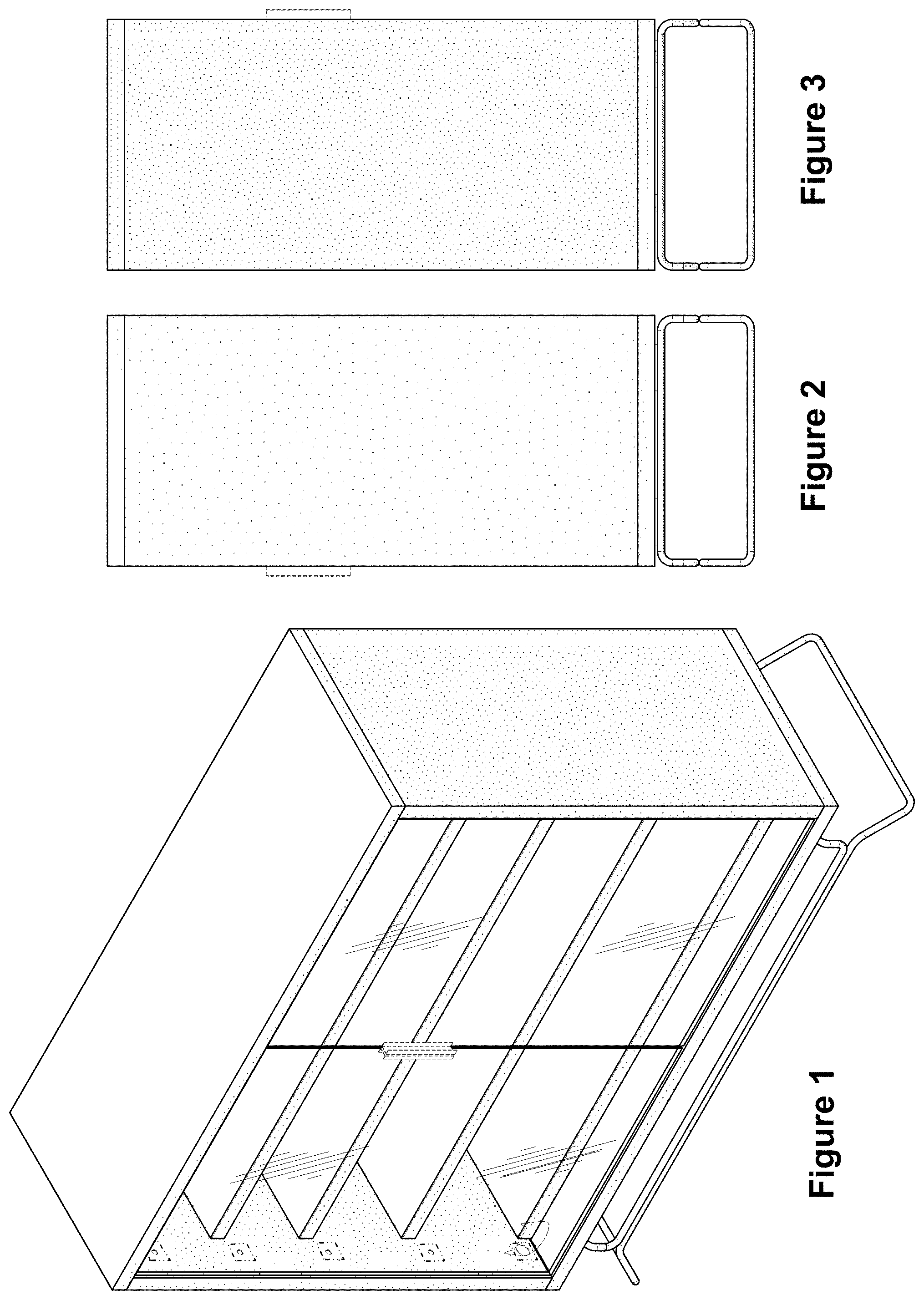
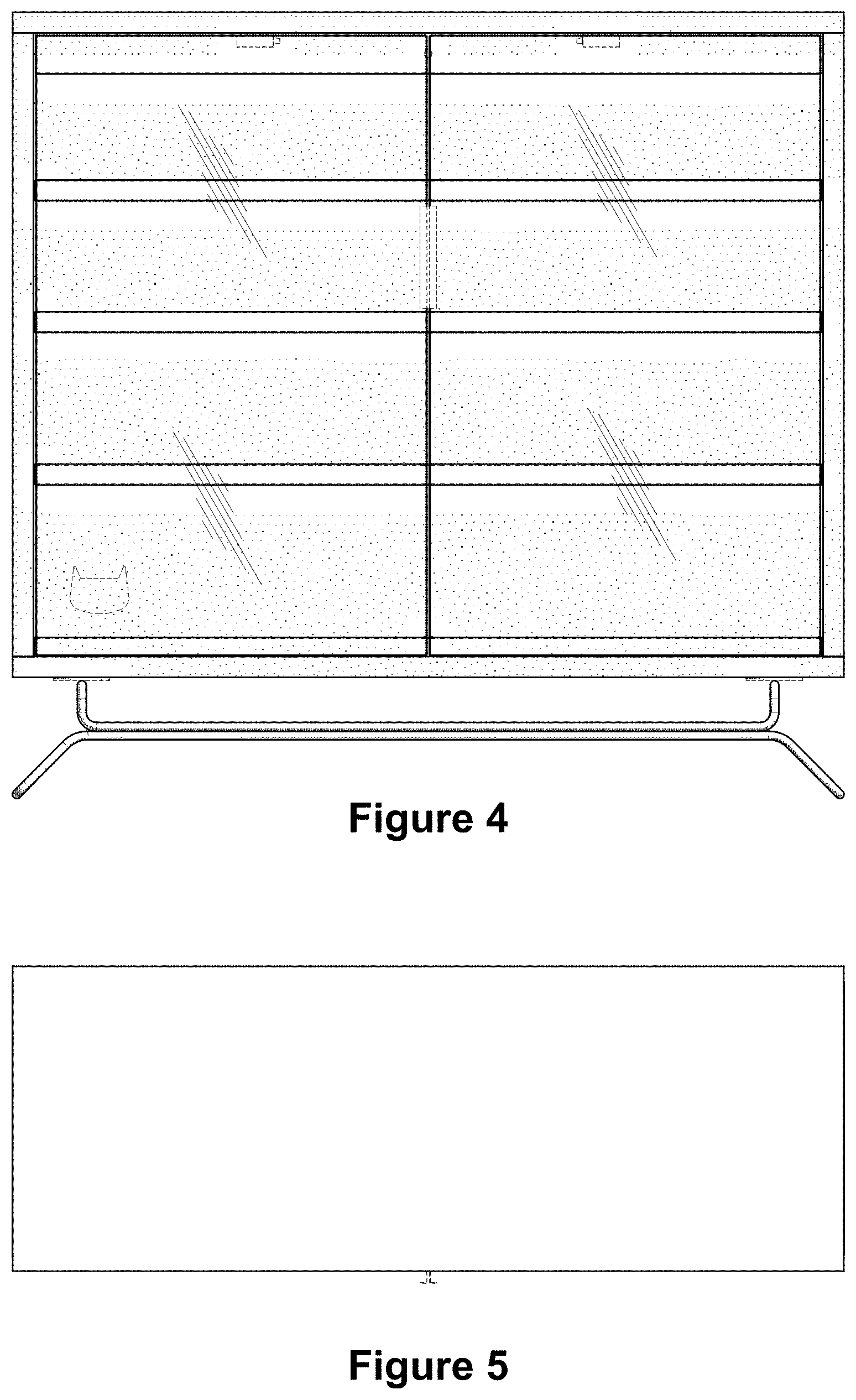
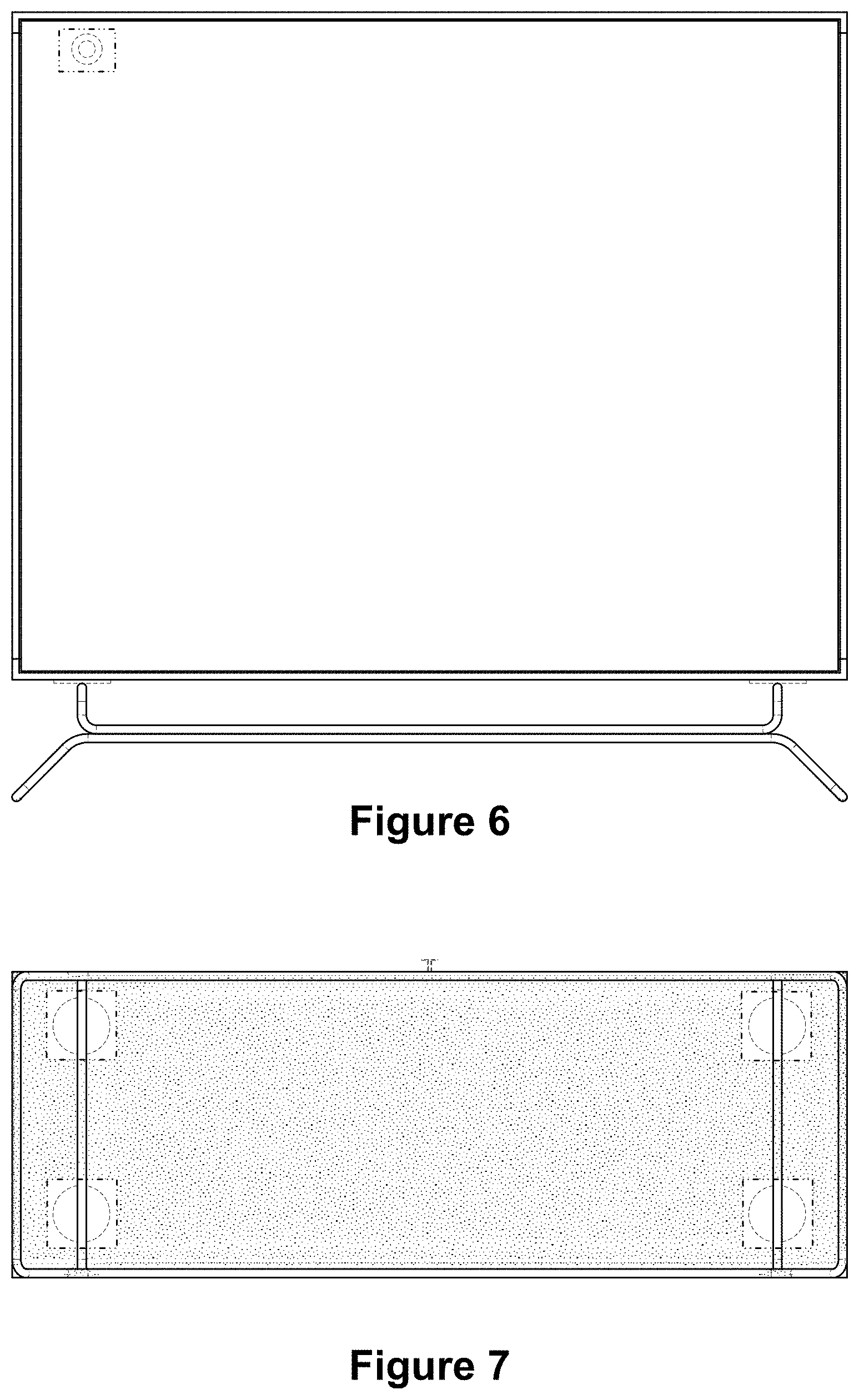

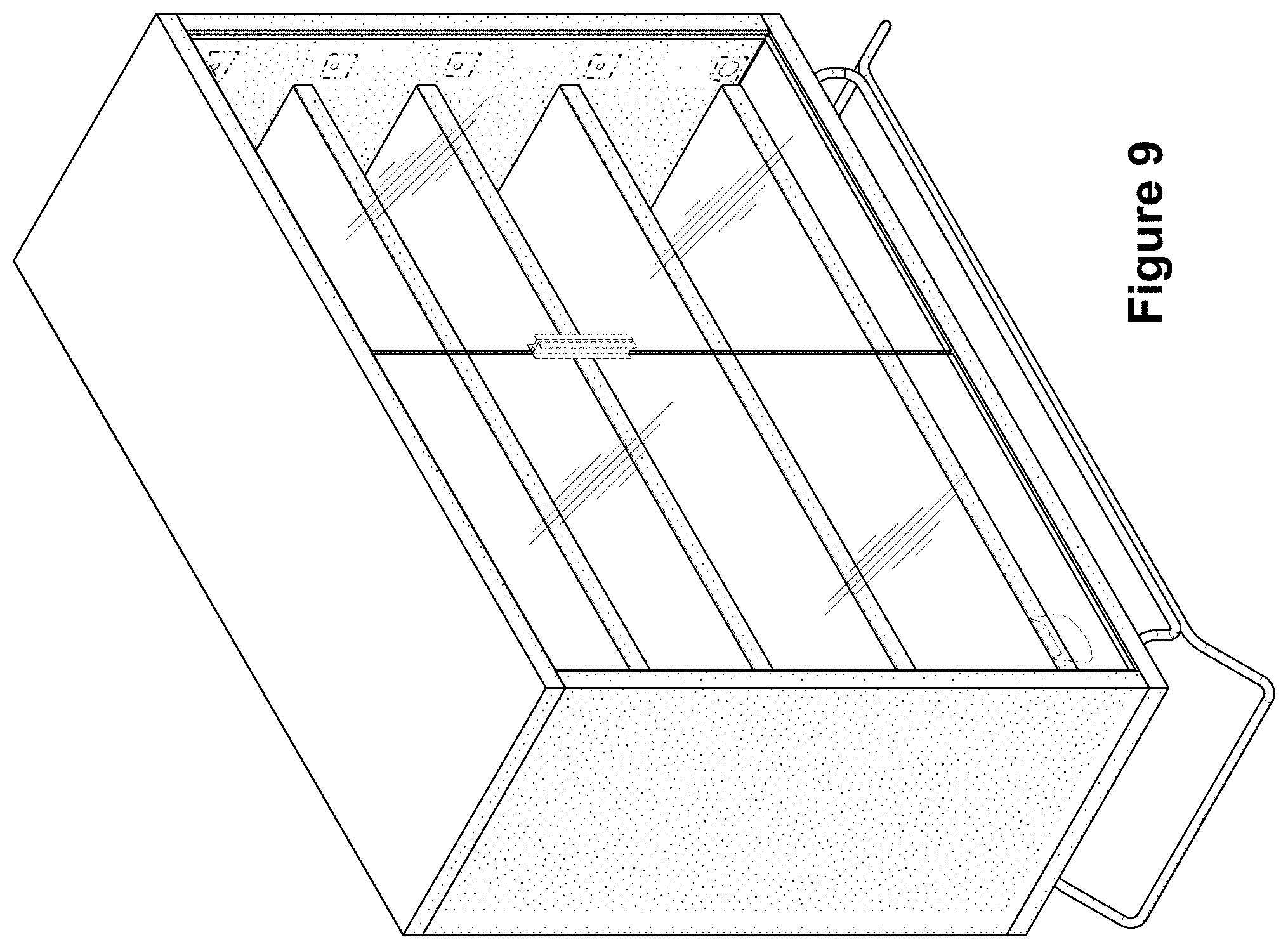
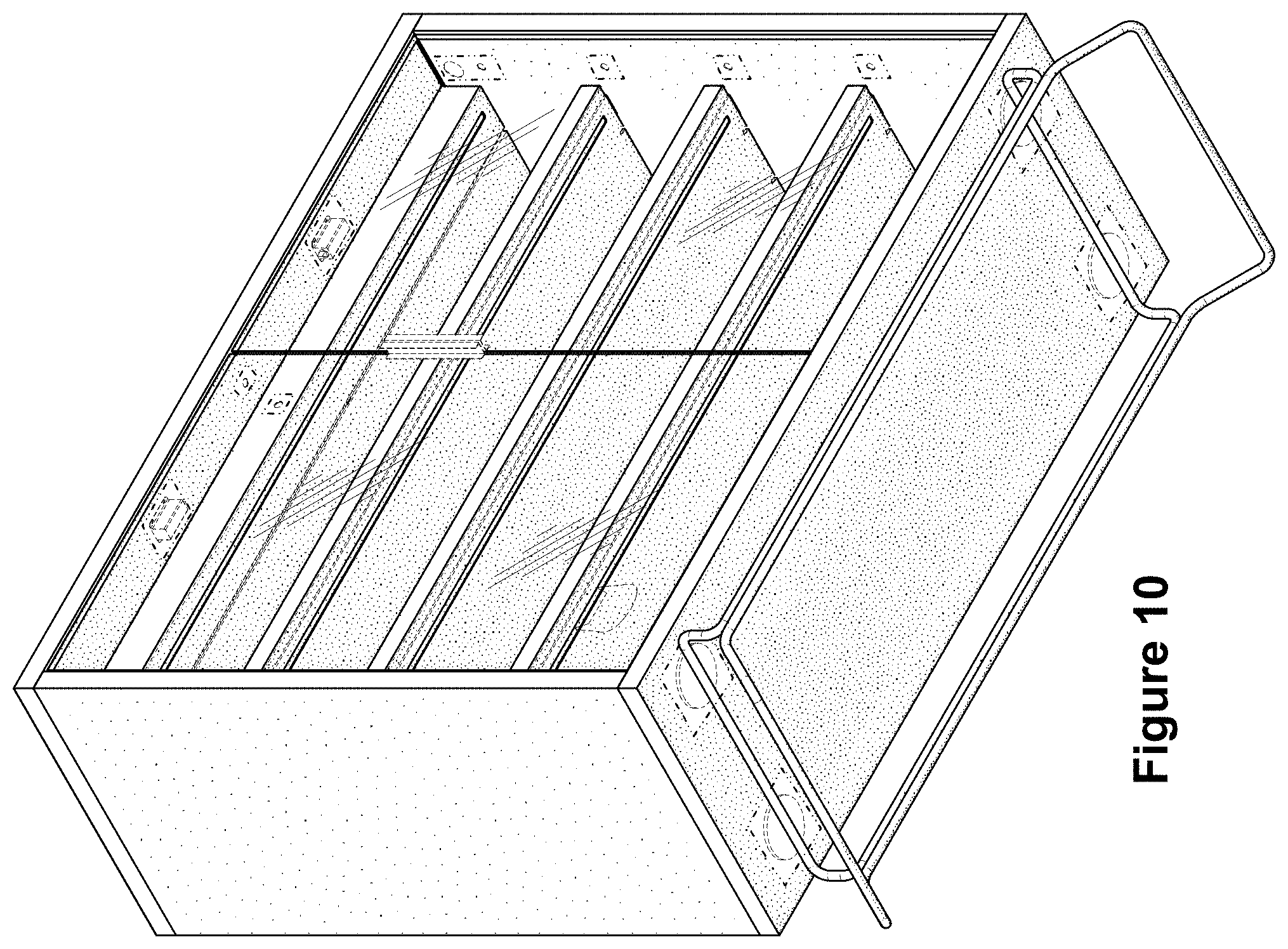



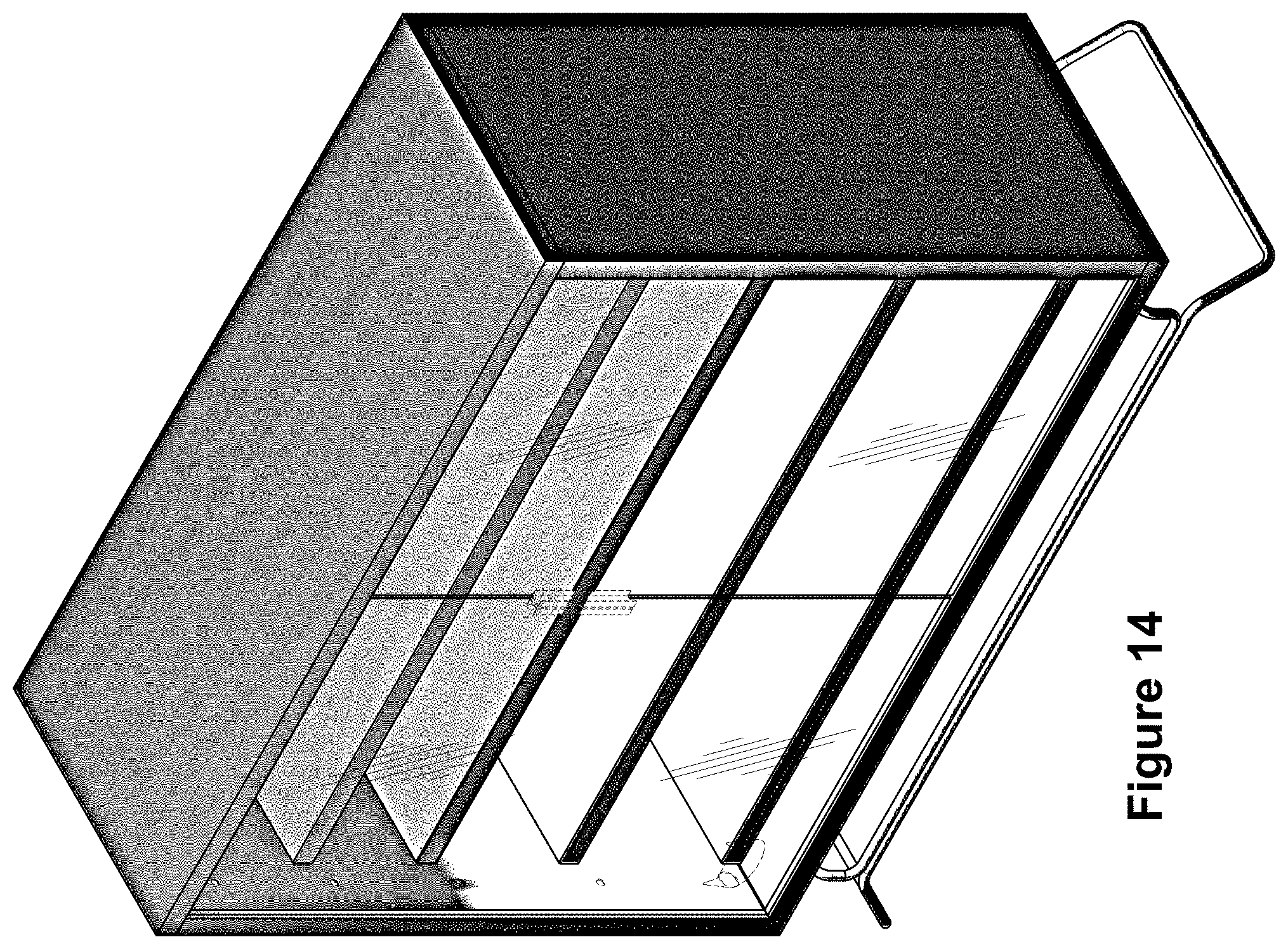
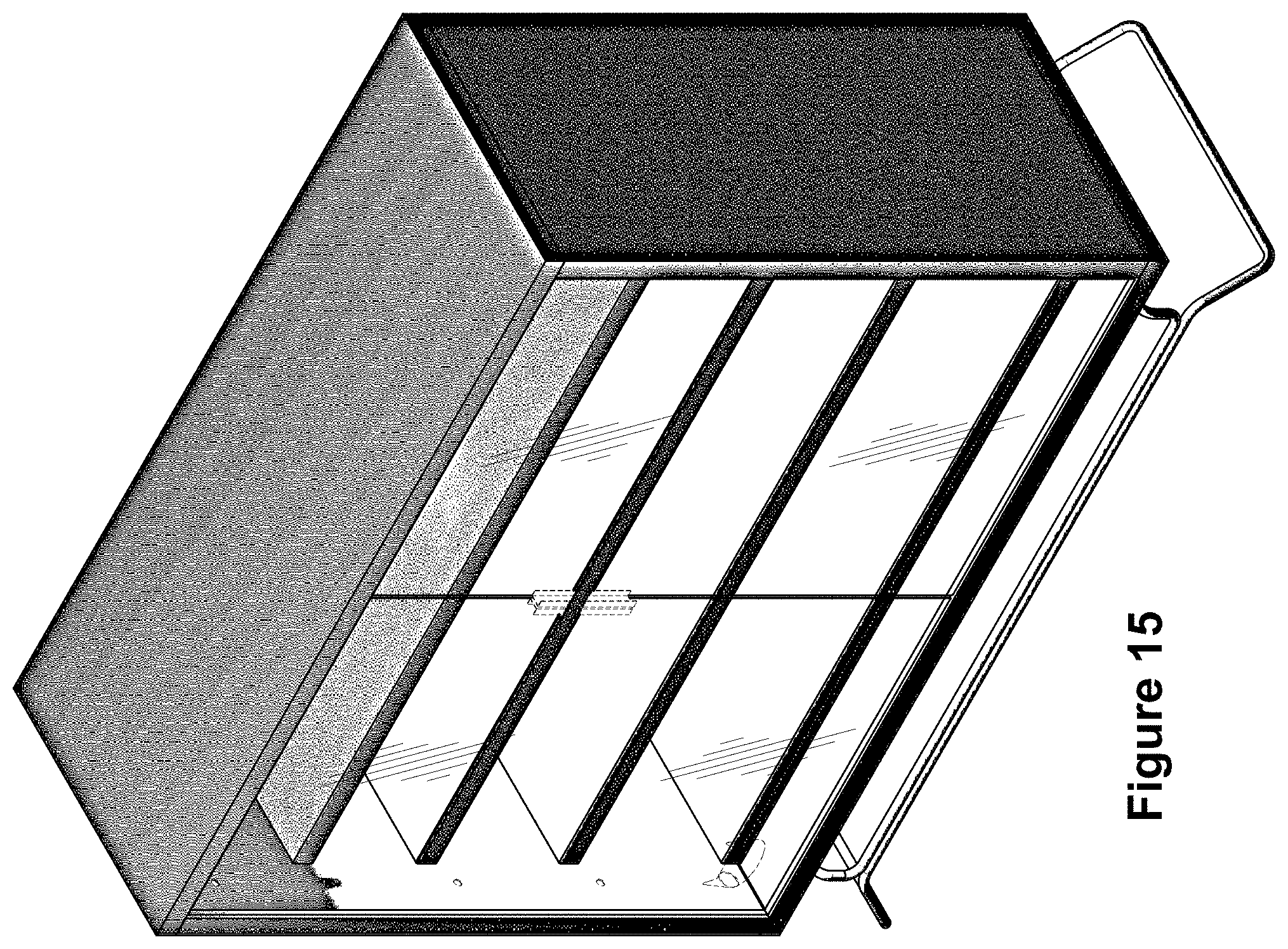
View All Diagrams
| United States Patent | D888,469 |
| McDonald , et al. | June 30, 2020 |
Automated retail cabinet
Claims
CLAIM We claim the ornamental design for an automated retail cabinet, as shown and described.
| Inventors: | McDonald; Paul Morell (Diablo, CA), Rajan; Ashwath Natesh (San Francisco, CA), Garvin; Tyler Harley (San Francisco, CA), Rouillac; Nichole Suzanne (San Francisco, CA), Hubbard; Robin Nicholas (San Francisco, CA), Macken; Niall D. (Santa Cruz, CA), Lowe; Giles M. (San Jose, CA), Lang-Ree; Arne (Los Gatos, CA) | ||||||||||
|---|---|---|---|---|---|---|---|---|---|---|---|
| Applicant: |
|
||||||||||
| Assignee: | Stockwell AI Inc. (Oakland,
CA) |
||||||||||
| Appl. No.: | D/628,189 | ||||||||||
| Filed: | December 1, 2017 |
| Current U.S. Class: | D6/661 |
| Current International Class: | 0604 |
| Field of Search: | ;D6/657,660,662.1,672,675.1 |
References Cited [Referenced By]
U.S. Patent Documents
| D56556 | November 1920 | Gray |
| D116224 | August 1939 | Erickson |
| D116797 | September 1939 | Erickson |
| D124551 | January 1941 | Doner |
| D126206 | April 1941 | Johnson et al. |
| D126207 | April 1941 | Johnson et al. |
| D126208 | April 1941 | Johnson et al. |
| D127208 | May 1941 | Johnson et al. |
| D172116 | May 1954 | Weiss et al. |
| D252722 | August 1979 | Hero |
| D314090 | January 1991 | Stephens |
| D347753 | June 1994 | Pauer |
| D358277 | May 1995 | Frost, Jr. |
| D373692 | September 1996 | Staeger |
| D541080 | April 2007 | Thompson |
| D549005 | August 2007 | Domack |
| D668475 | October 2012 | Zambelli |
| D682584 | May 2013 | Hansen, Jr. |
| D691838 | October 2013 | Hinkle |
| D692697 | November 2013 | Schmitt |
| D693156 | November 2013 | Hamm |
| D717081 | November 2014 | Dworman |
| D728283 | May 2015 | Weshler |
| D734068 | July 2015 | Dworman |
| D757465 | May 2016 | Woelfel |
| D776466 | January 2017 | Bonuccelli |
| D785978 | May 2017 | Brown |
Assistant Examiner: Bohannon; Paul D
Attorney, Agent or Firm: Weaver Austin Villeneuve & Sampson LLP
Description
FIG. 1 depicts an isometric view of an automated retail cabinet.
FIG. 2 is a right side view of the automated retail cabinet of FIG. 1.
FIG. 3 is a left side view of the automated retail cabinet of FIG. 1; the right and left side views are mirror images of each other.
FIG. 4 is front view of the automated retail cabinet of FIG. 1.
FIG. 5 is a top view of the automated retail cabinet of FIG. 1.
FIG. 6 is a back view of the automated retail cabinet of FIG. 1.
FIG. 7 is a bottom view of the automated retail cabinet of FIG. 1.
FIG. 8 is a bottom perspective view of the automated retail cabinet of FIG. 1.
FIG. 9 is a top perspective view of the automated retail cabinet of FIG. 1.
FIG. 10 is another bottom perspective view of the automated retail cabinet of FIG. 1.
FIG. 11 is the isometric view of the automated retail cabinet of FIG. 1 with one door in an open position.
FIG. 12 depicts the isometric view of the automated retail cabinet of FIG. 1 with darker shading; this Figure represents the first step in a light-up sequence in which one or more illumination sources within the automated retail cabinet are illuminated in a particular order set forth in FIGS. 12-21; FIGS. 12-16 depict the light-up sequence from the isometric view while FIGS. 17-21 depict the same light-up sequence from the front view.
FIG. 13 depicts the isometric view of the automated retail cabinet of FIG. 12 with one shelf illuminated more than the other shelves in the automated retail cabinet; this Figure represents the second step in the light-up sequence.
FIG. 14 depicts the isometric view of the automated retail cabinet of FIG. 12 with two shelves illuminated more than the other shelves in the automated retail cabinet; this Figure represents the third step in the light-up sequence.
FIG. 15 depicts the isometric view of the automated retail cabinet of FIG. 12 with three shelves illuminated more than the other shelf in the automated retail cabinet; this Figure represents the fourth step in the light-up sequence.
FIG. 16 depicts the isometric view of the automated retail cabinet of FIG. 12 with four shelves illuminated the same amount; this Figure represents the fifth step in the light-up sequence.
FIG. 17 depicts the front view of the automated retail cabinet of FIG. 4 with darker shading and depicts the same first step of the light-up sequence as FIG. 12, but from the front view.
FIG. 18 depicts the front view of the automated retail cabinet of FIG. 17 with one shelf illuminated more than the other shelves in the automated retail cabinet; this Figure depicts the same second step of the light-up sequence as FIG. 13, but from the front view.
FIG. 19 depicts the front view of the automated retail cabinet of FIG. 17 with two shelves illuminated more than the other shelves in the automated retail cabinet; this Figure depicts the same third step of the light-up sequence as FIG. 14, but from the front view.
FIG. 20 depicts the front view of the automated retail cabinet of FIG. 17 with three shelves illuminated more than the other shelf in the automated retail cabinet; this Figure depicts the same fourth step of the light-up sequence as FIG. 15, but from the front view.
FIG. 21 depicts the front view of the automated retail cabinet of FIG. 17 with four shelves illuminated the same amount; this Figure depicts the same fifth step of the light-up sequence as FIG. 16, but from the front view.
FIG. 22 depicts the front view of the automated retail cabinet of FIG. 4 with darker shading and depicts the first step of a second light-up sequence; FIGS. 22-26 depict, in order, the second light-up sequence.
FIG. 23 depicts the front view of the automated retail cabinet of FIG. 24 with one shelf illuminated more than the other shelves in the automated retail cabinet; this Figure depicts the second step of second light-up sequence.
FIG. 24 depicts the front view of the automated retail cabinet of FIG. 24 with two shelves illuminated more than the other shelves in the automated retail cabinet; this Figure depicts the third step of the second light-up sequence.
FIG. 25 depicts the front view of the automated retail cabinet of FIG. 24 with three shelves illuminated more than the other shelf in the automated retail cabinet; this Figure depicts the fourth step of the second light-up sequence.
FIG. 26 depicts the front view of the automated retail cabinet of FIG. 24 with four shelves illuminated the same amount; this Figure depicts the fifth step of the second light-up sequence.
FIG. 27 depicts the front view of the automated retail cabinet of FIG. 4 with darker shading and depicts the first step of a third light-up sequence; FIGS. 27-31 depict, in order, the third light-up sequence; it should also be noted that the third light-up sequence may have a sixth step in which all of the shelves are illuminated the same, as depicted in FIGS. 26 and 21.
FIG. 28 depicts the front view of the automated retail cabinet of FIG. 27 with one shelf illuminated more than the other shelves in the automated retail cabinet; this Figure depicts the second step of third light-up sequence.
FIG. 29 depicts the front view of the automated retail cabinet of FIG. 27 with a second shelf illuminated more than the other shelves in the automated retail cabinet; this Figure depicts the third step of the third light-up sequence.
FIG. 30 depicts the front view of the automated retail cabinet of FIG. 27 with a third shelf illuminated more than the other shelves in the automated retail cabinet; this Figure depicts the fourth step of the third light-up sequence.
FIG. 31 depicts the front view of the automated retail cabinet of FIG. 27 with a fourth shelf illuminated more than the other shelves; this Figure depicts the fifth step of the third light-up sequence.
FIG. 32 depicts the front view of the automated retail cabinet of FIG. 4 with darker shading and depicts the first step of a fourth light-up sequence; FIGS. 32-36 depict, in order, the fourth light-up sequence; it should also be noted that the fourth light-up sequence may have a sixth step in which all of the shelves are illuminated the same, as depicted in FIGS. 26 and 21.
FIG. 33 depicts the front view of the automated retail cabinet of FIG. 32 with one shelf illuminated more than the other shelves in the automated retail cabinet; this Figure depicts the second step of fourth light-up sequence.
FIG. 34 depicts the front view of the automated retail cabinet of FIG. 32 with a second shelf illuminated more than the other shelves in the automated retail cabinet; this Figure depicts the third step of the fourth light-up sequence.
FIG. 35 depicts the front view of the automated retail cabinet of FIG. 32 with a third shelf illuminated more than the other shelves in the automated retail cabinet; this Figure depicts the fourth step of the fourth light-up sequence.
FIG. 36 depicts the front view of the automated retail cabinet of FIG. 32 with a fourth shelf illuminated more than the other shelves; this Figure depicts the fifth step of the fourth light-up sequence.
FIG. 37 is the front view of the automated retail cabinet of FIG. 4 with section line A-A indicating a section plane for FIGS. 38 and 39.
FIG. 38 is a bottom perspective section view of the automated retail cabinet of FIG. 4; and,
FIG. 39 is a left side elevation section view of the automated retail cabinet of FIG. 4.
An automated retail cabinet is described and claimed.
Stipple shading is used in accompanying FIGS. 1-11 and 37 to convey surface shading and contouring, and not texture. In FIGS. 12-36, stipple shading is used to depict illumination, as described above.
The broken lines shown in the Drawings represent portions of the automated retail cabinet that form no part of the claimed design.
* * * * *
D00000

D00001

D00002

D00003

D00004

D00005

D00006

D00007

D00008

D00009

D00010

D00011

D00012
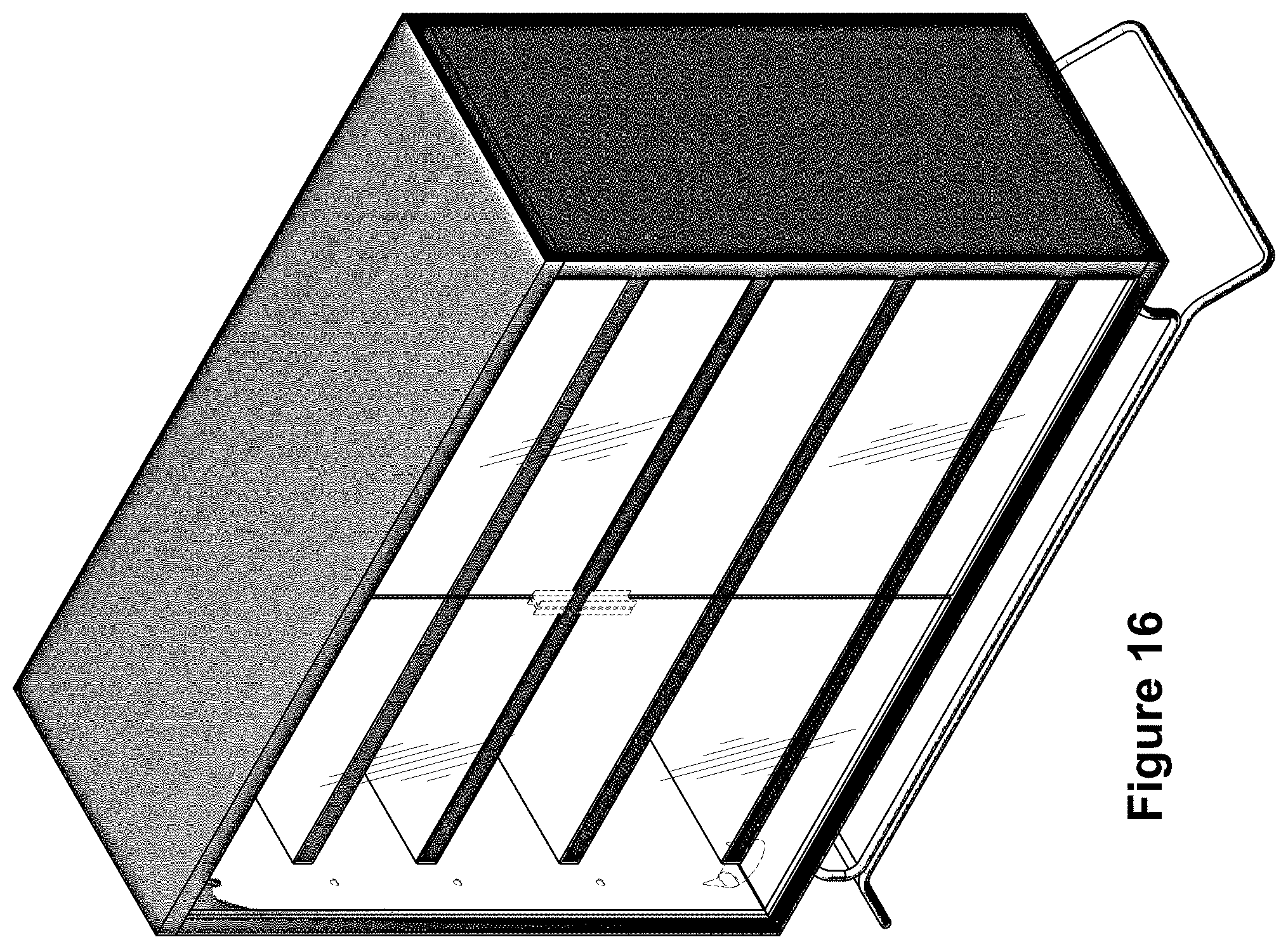
D00013
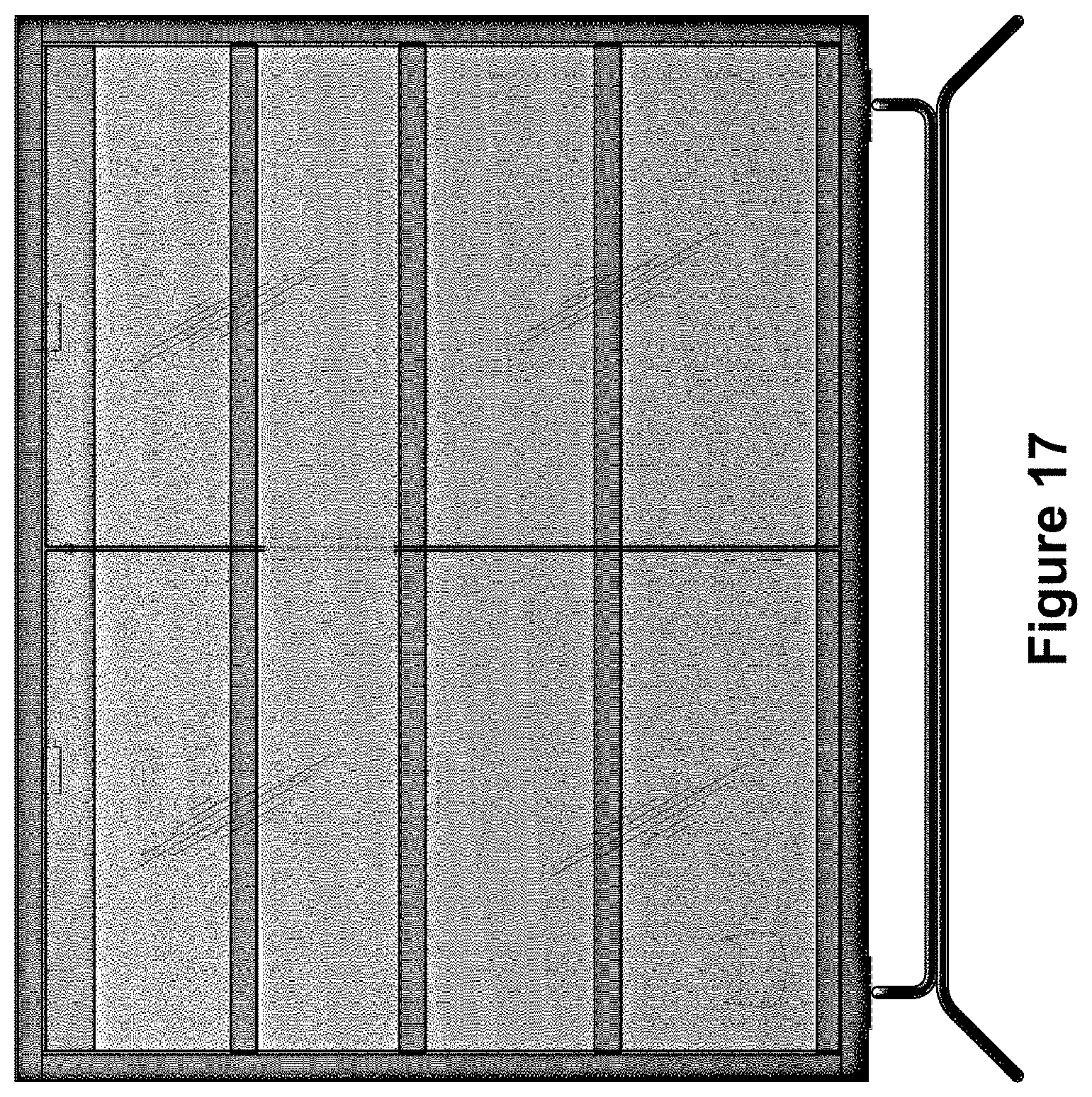
D00014

D00015

D00016

D00017

D00018

D00019
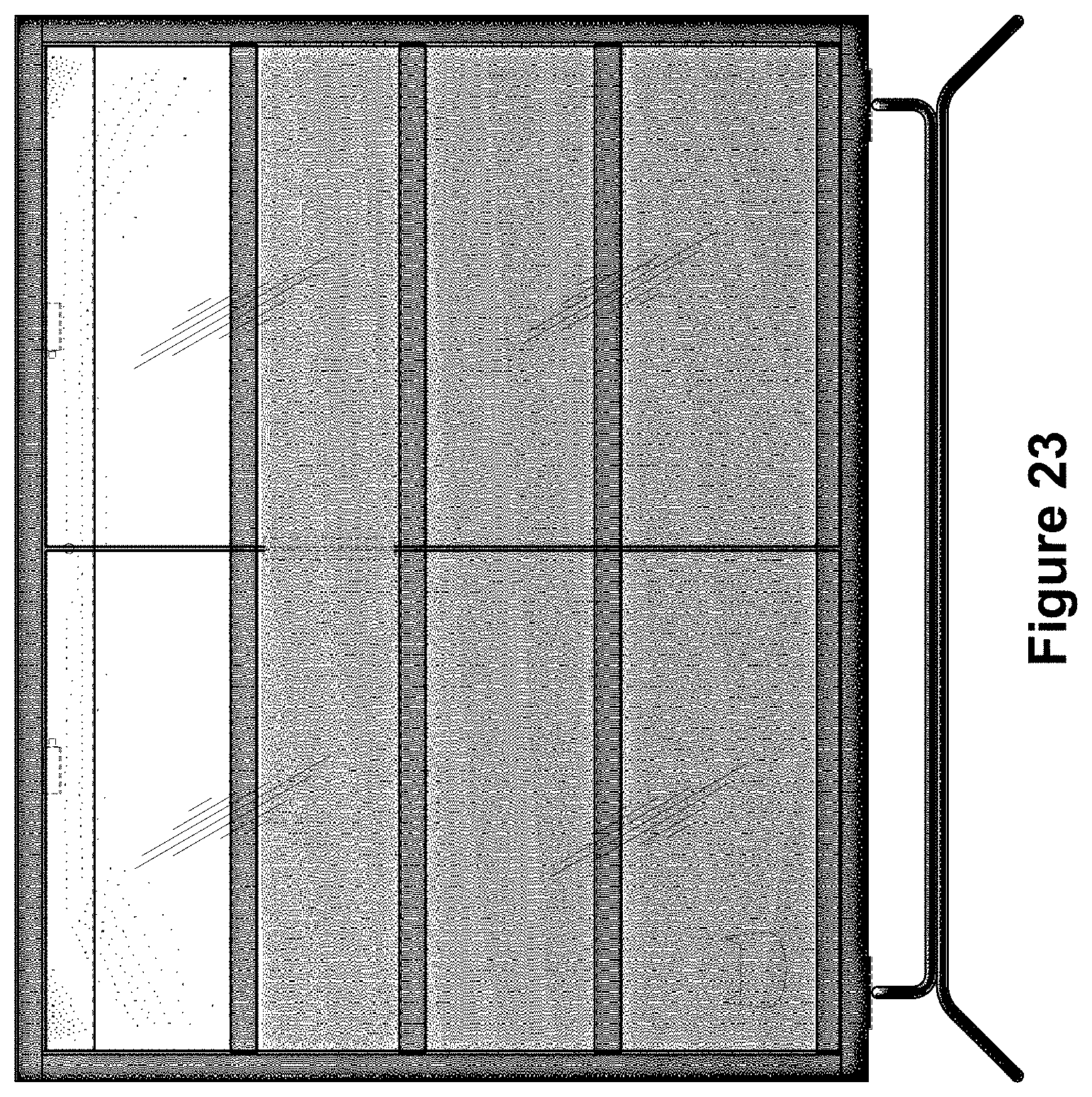
D00020

D00021

D00022
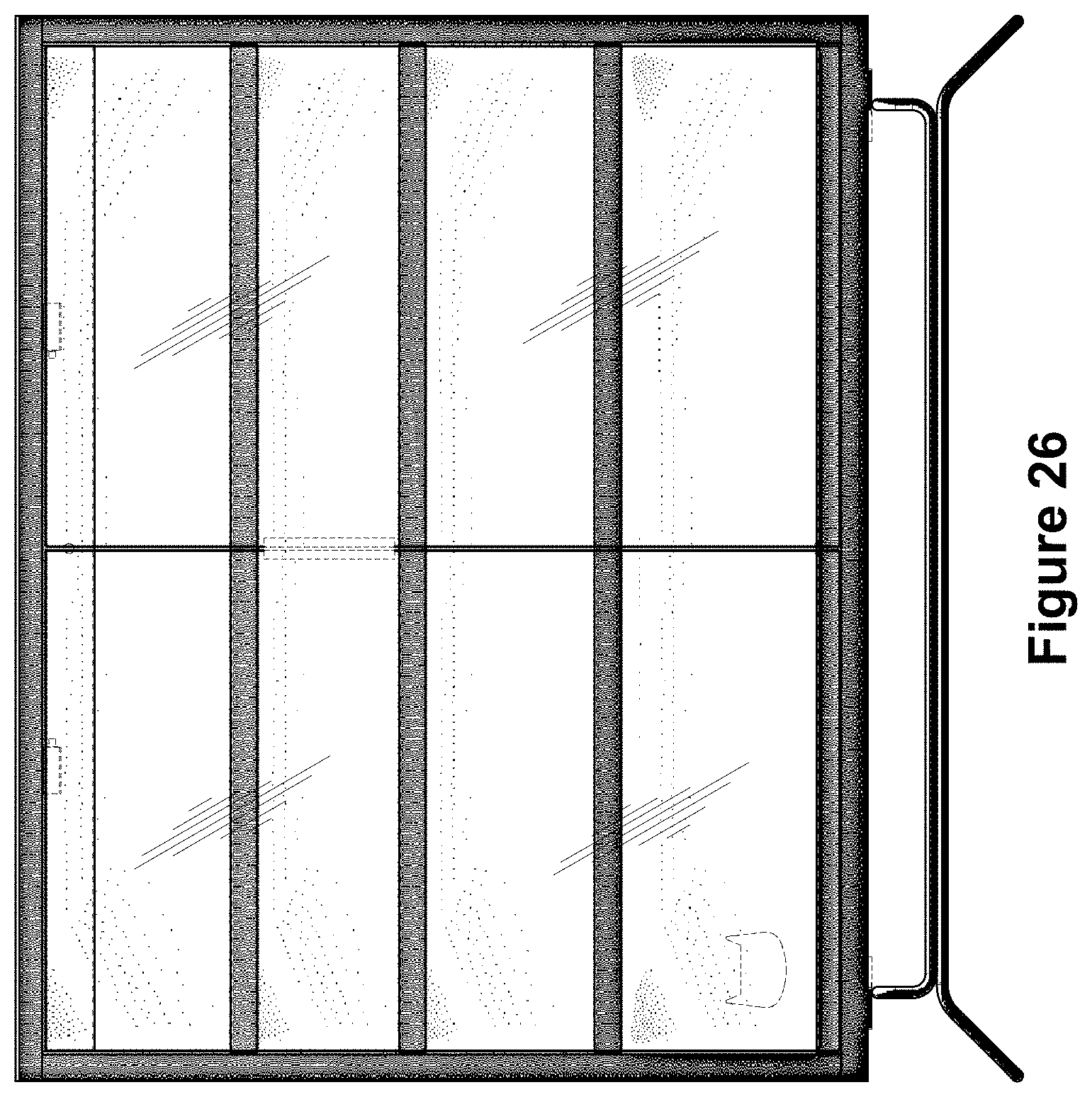
D00023

D00024

D00025
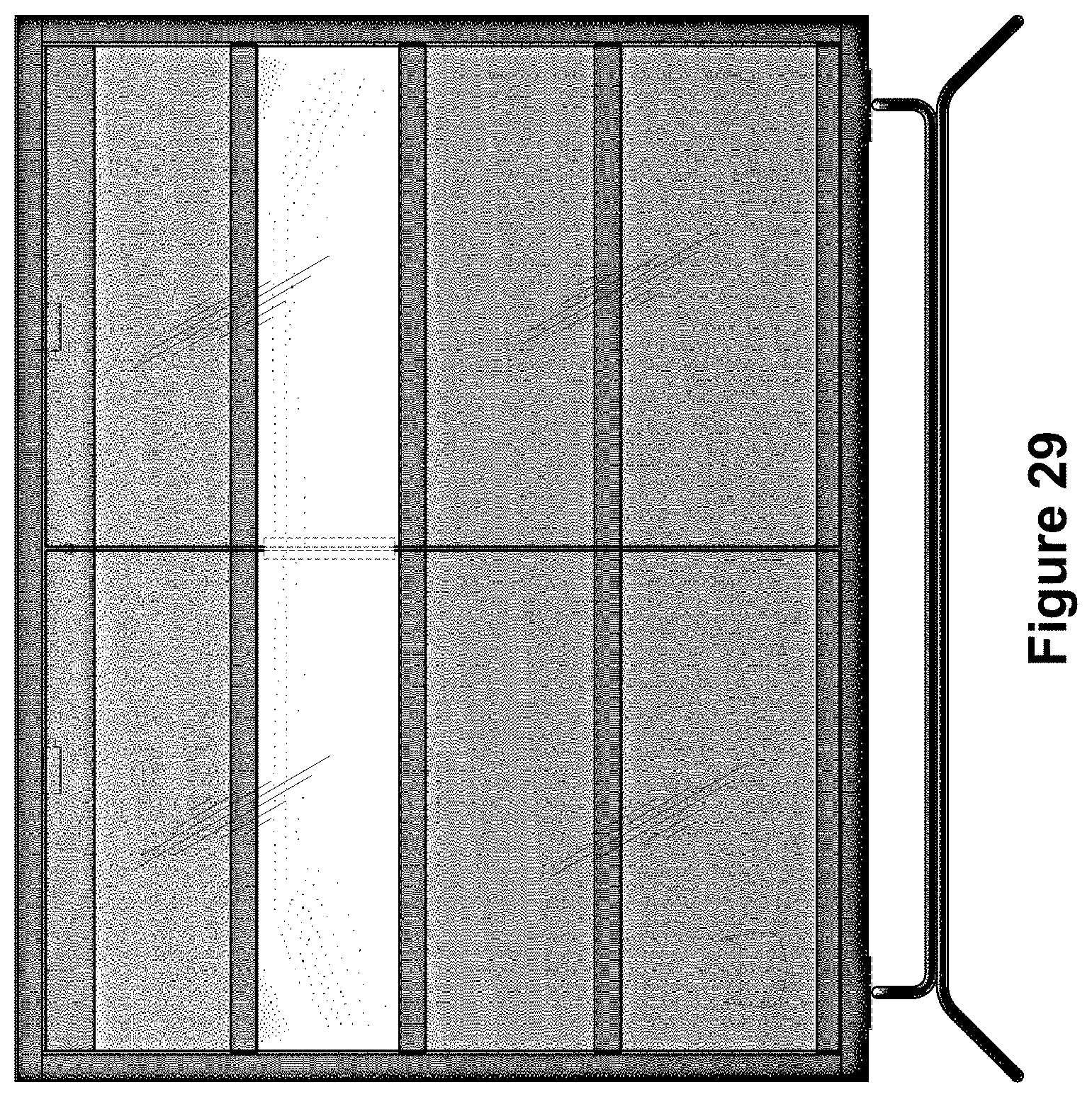
D00026
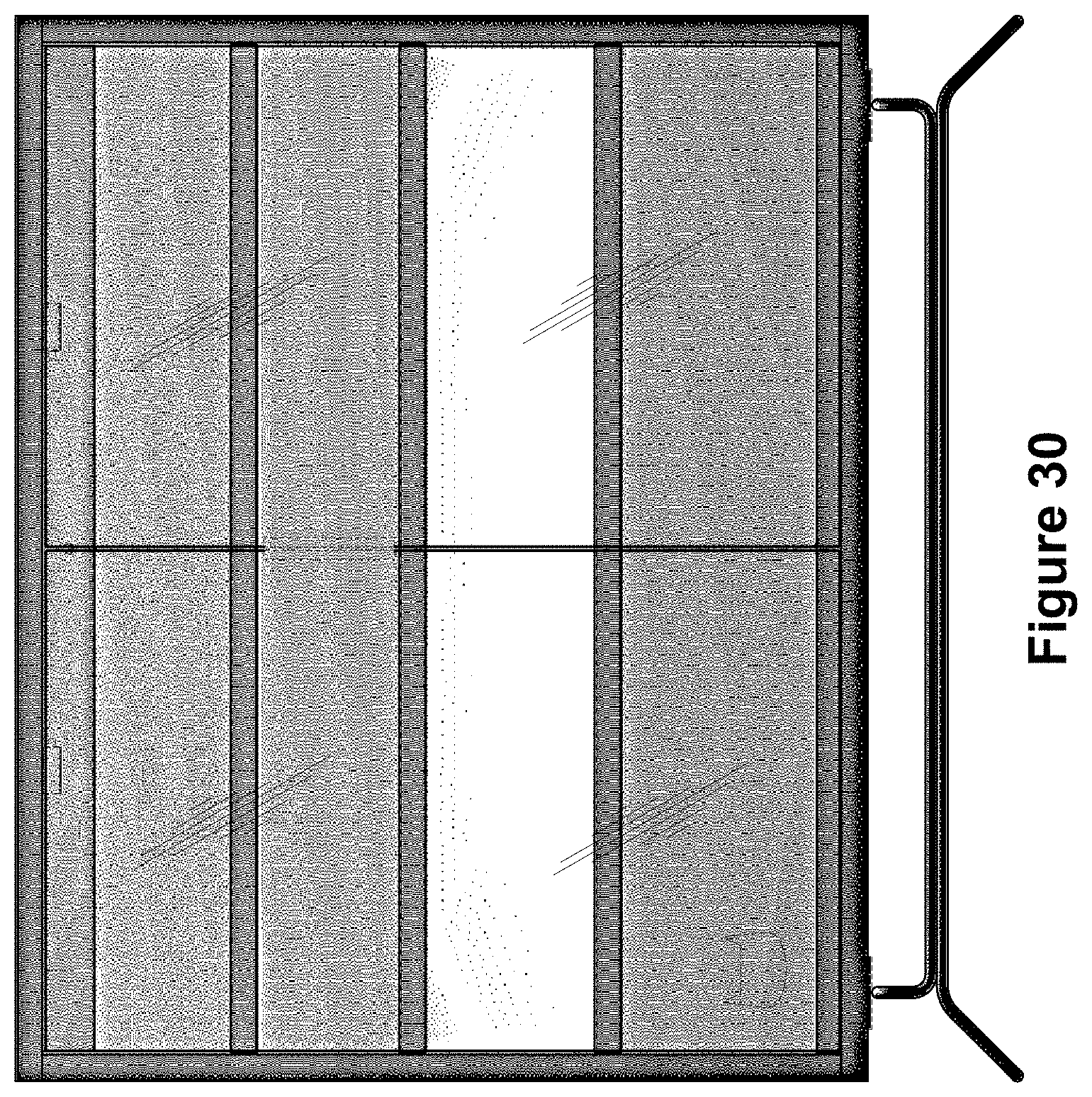
D00027

D00028
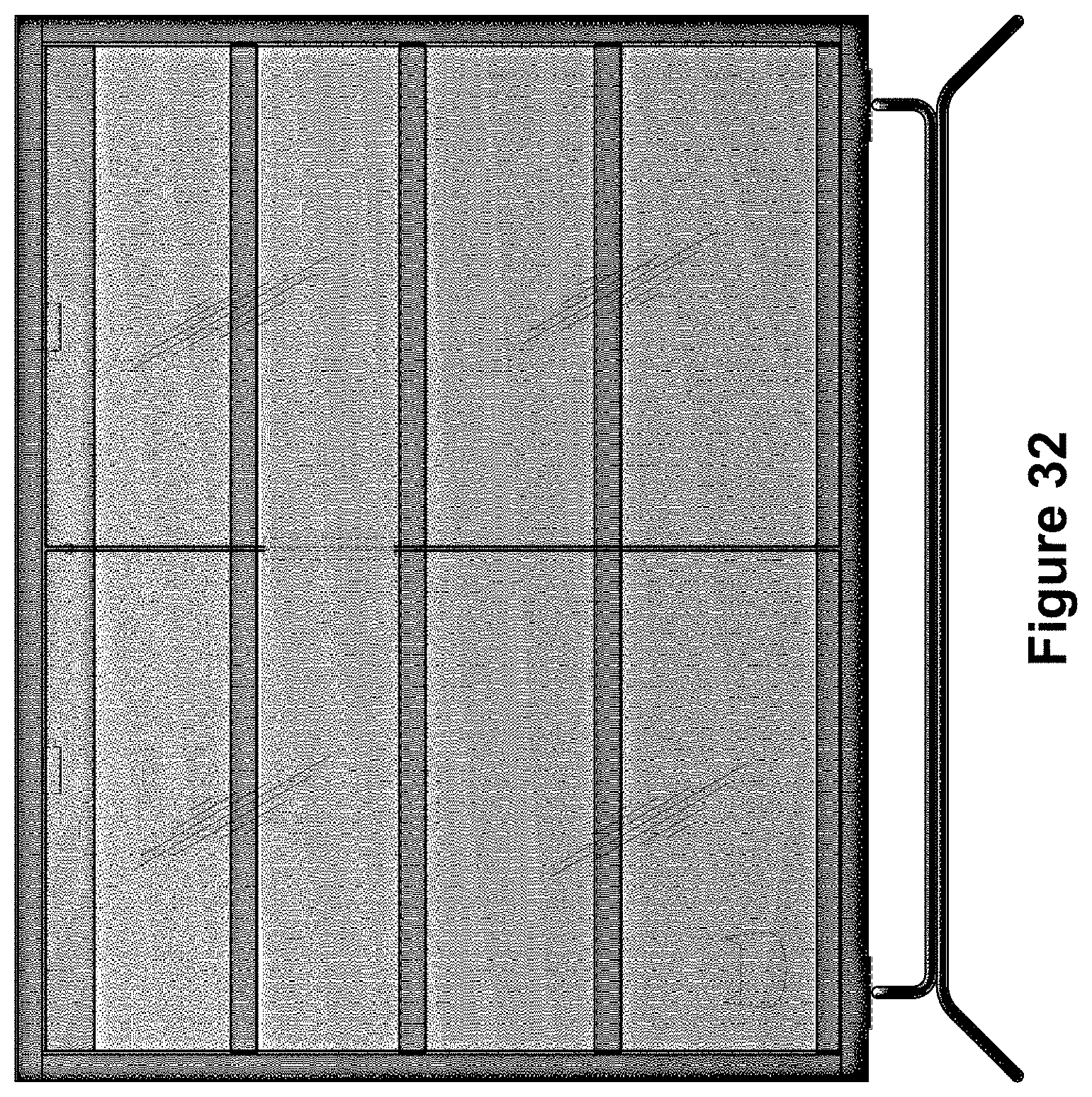
D00029

D00030

D00031

D00032
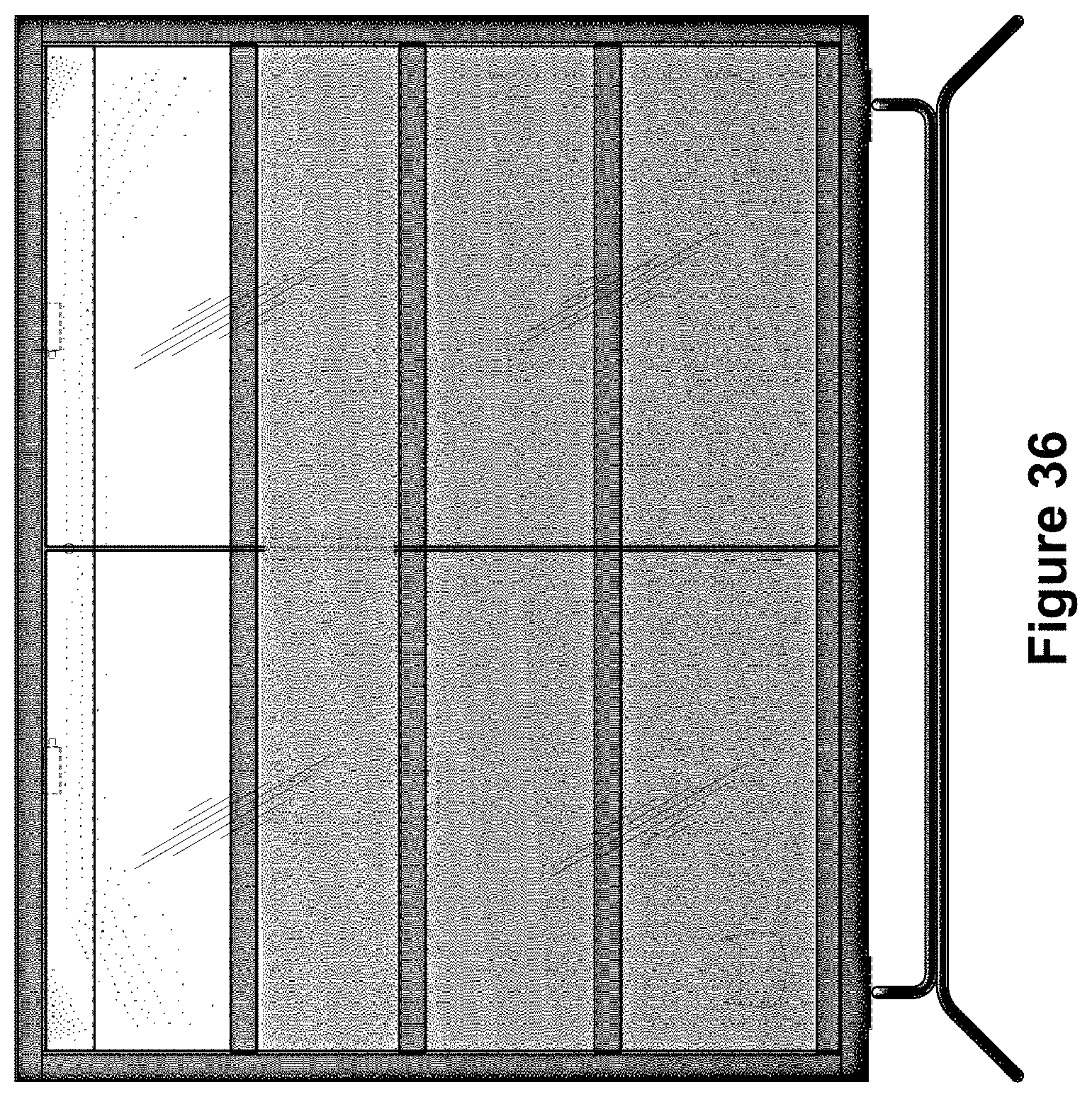
D00033
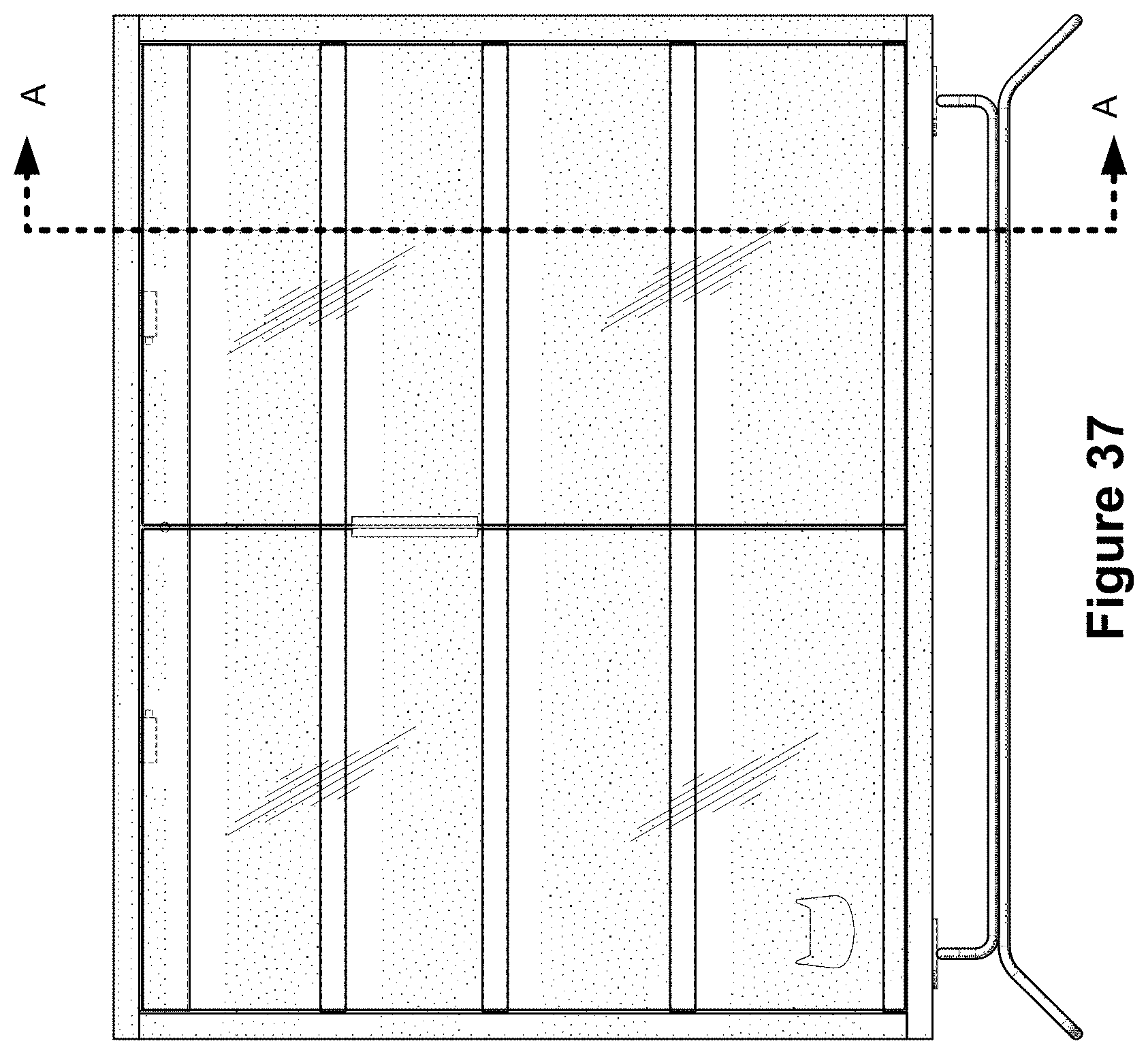
D00034
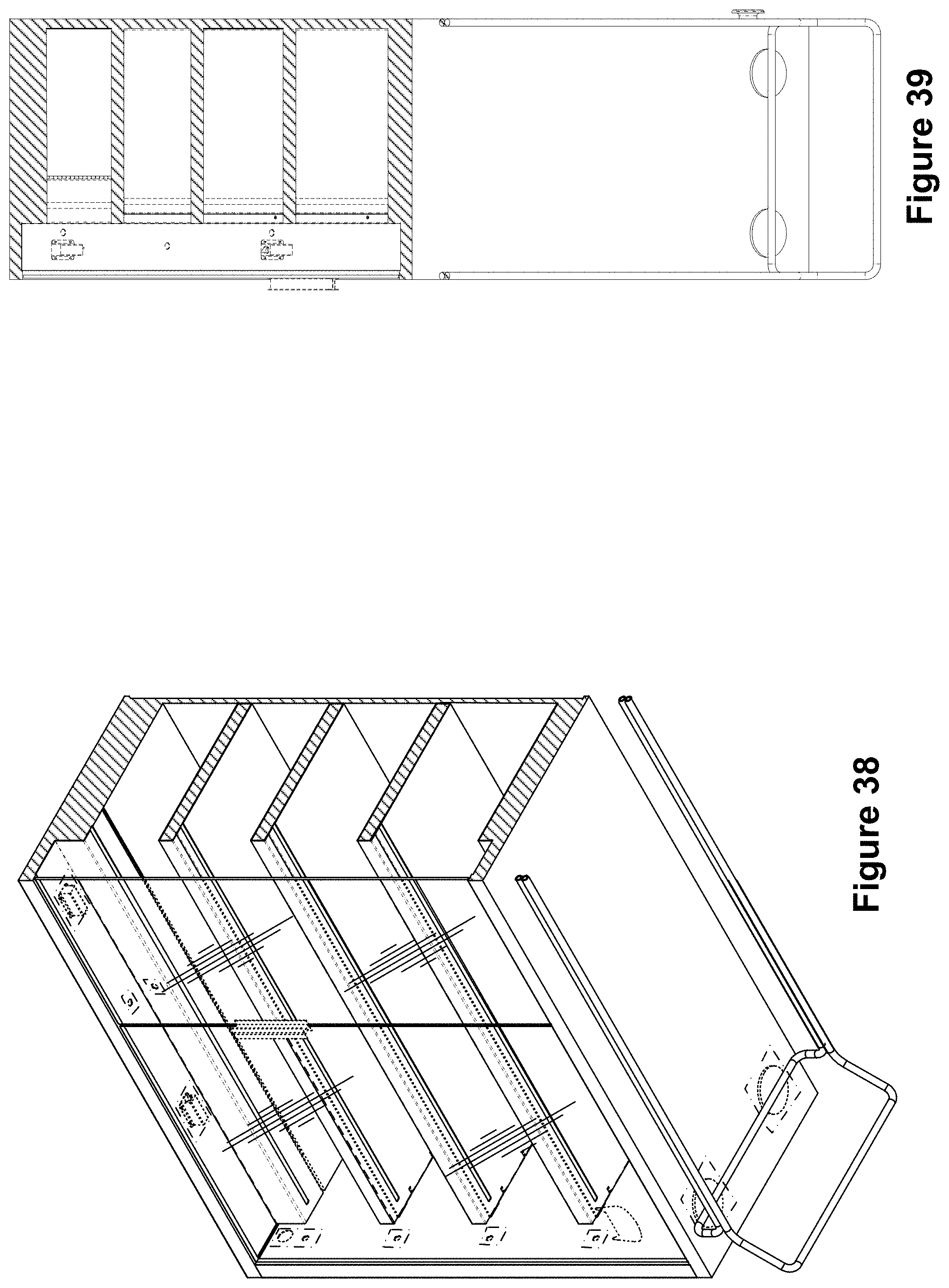
XML
uspto.report is an independent third-party trademark research tool that is not affiliated, endorsed, or sponsored by the United States Patent and Trademark Office (USPTO) or any other governmental organization. The information provided by uspto.report is based on publicly available data at the time of writing and is intended for informational purposes only.
While we strive to provide accurate and up-to-date information, we do not guarantee the accuracy, completeness, reliability, or suitability of the information displayed on this site. The use of this site is at your own risk. Any reliance you place on such information is therefore strictly at your own risk.
All official trademark data, including owner information, should be verified by visiting the official USPTO website at www.uspto.gov. This site is not intended to replace professional legal advice and should not be used as a substitute for consulting with a legal professional who is knowledgeable about trademark law.